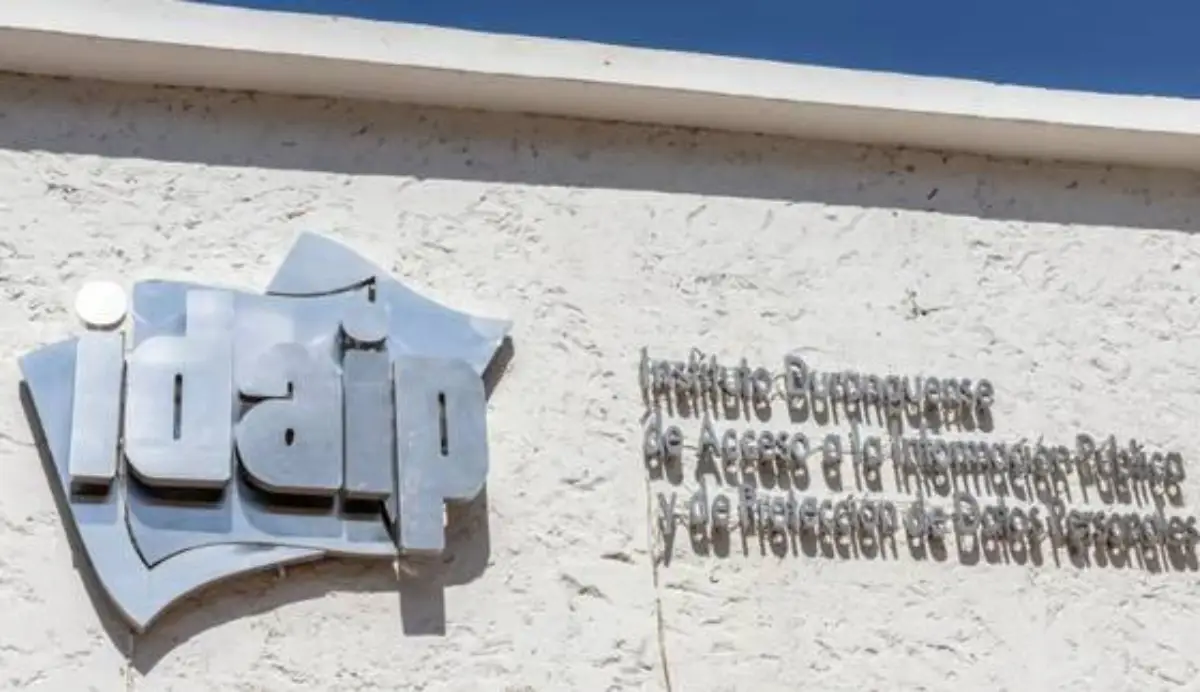Content
- Chief Technology Officer (CTO) roles and responsibilities
- Different teams require different structures, depending on the broader context of the company.
- DevOps Responsibilities: On call (Incident Management)
- Google Cloud Services
- DevOps roles: Security and Compliance Engineer
- DevSecOps in the Age of Containers
- Complicated-subsystem team
This includes capturing what events have occurred , providing information about those events and informing the appropriate parties when those events indicate issues to be resolved . Application teams need significant autonomy to manage the health of their own applications, but the enterprise at large also needs awareness of the health of applications within it. Powerful DevOps software to build, deploy, and manage security-rich, cloud-native apps across multiple devices, environments, and clouds. Visibilityis a good management practice in general, but very important for a DevSecOps environment.
It should happen right from business perspectives to deployment and maintenance across all stakeholders, departments, and stages of development. With different tools, technologies, processes, and people, achieving this is a herculean task. It only happens when everyone imbibes this change, practices, and evangelizes the concept. As with the development and operations devops organization structure teams that have opposite objectives, development and security operations have conflicting objectives too. Traditionally, development teams and operation teams focus on policy management, code inspection, etc., and security teams retroactively monitor and mitigate risks. As such, security has to be incorporated in the planning stage of development.
Don’t let this happen — instead, reward openness, cooperation and knowledge sharing that encourages continuous improvement over time. Agile shops can — and often do — also adopt DevSecOps principles or create some kind of hybrid structure that merges the two approaches. An enabling team composed of specialists in a given technical domain help bridge this capability gap. These teams focus on research and experimentation to make informed suggestions about tooling, frameworks, and ecosystem choices that affect the tool stack. Explore the possibility to hire a dedicated R&D team that helps your company to scale product development.
This is when DevOps transformation begins in the new cloud environment. Under the guidance of the DevOps architects, DevOps engineers build DevOps processes such as CI/CD pipelines along with a continuous monitoring loop using a customized tool stack to begin operations in a phased manner. According to a recent study conducted by IDC and Micro Focus, the global pandemic has accelerated DevOps and DevSecOps adoption, driving demand for new services and more frequent use of applications.
Bookmark these resources to learn about types of DevOps teams, or for ongoing updates about DevOps at Atlassian. Applications like Zoom, Slack, and Microsoft Teams are also necessary for teams to communicate quickly and efficiently, especially in a remote-first world. In the past, a developer could walk over to the operations team to ask about the status of an incident. Now virtual communication apps provide that same instantaneous communication. Instead of developing in isolation, developers and infrastructure pros test code at various interface points along the way, so they don’t have to completely start from scratch.
Chief Technology Officer (CTO) roles and responsibilities
While working as a team is crucial, dealing with members at an individual level is equally important. Regular pep talks, motivations, and inspirations would boost the morale of members which will significantly impact the overall productivity of the system. You need to customize your DevOps strategies looking at the cues offered by early adopters to fully leverage its benefits. The main goal of the team is to deliver higher performance, quickly recover from outages and fail less.
Here are some additional tips on how to integrate DevSecOps into your operations, engineering and security teams for the maximum chance of success. Security isn’t just a set of tools and techniques, it’s a state of mind. Lead by example, be transparent with staff about expectations, and reward team members for embracing and implementing DevSecOps principles. As with adopting any new methodology, DevSecOps can be a challenge to implement and sustain over time, making automation and scripted environments critical components. In this article, we’ll examine the rationale for DevSecOps, how to create a DevSecOps team, and how to use DevSecOps to impress upon your organization that security is everybody’s job.
Different teams require different structures, depending on the broader context of the company.
Image management refers to lifecycle around the creation, maintenance, and delivery of those images to application developers. This ensures security is applied consistently across the environment, as the environment changes and adapts to new requirements. A mature implementation of DevSecOps will have a solid automation, configuration management, orchestration,containers, immutable infrastructure, and evenserverlesscompute environments. Additionally, better collaboration between development, security, and operations teams improves an organization’s response to incidences and problems when they occur.
By revamping your delivery process to focus on smaller, more frequent release cycles, you set the stage for the required operational shifts as you migrate to DevSecOps. Today that approach isn’t sustainable — by the time a security team analyzes and tests a new bit of source code, it will likely be replaced by something else. Instead, DevSecOps posits that all participants in the development cycle, including developers and operations professionals, have shared responsibility for the security of the application and its environment.
- The goal is to incorporate security tools, including automated security testing, directly into the development process.
- Bookmark these resources to learn about types of DevOps teams, or for ongoing updates about DevOps at Atlassian.
- Development and SRE teams collaborate on operational criteria and SRE teams are empowered to ask developers to improve their code before production.
- For example, these tools flag requests to sensitive public endpoints, like user account access forms or database endpoints.
- Since the stream-aligned team is the most common team type in organizations, the role of other teams is defined relative to stream-aligned teams.
- As more development teams evolve their processes and embrace new tools, they need to be diligent with security.
Quality Assurance validates the product to ensure it meet both customer and organizational requirements throughout the development and deployment phases. Provide the infrastructure and automation tools that the business developers require for releasing and supporting the code themselves. Platform Teams who manage the underlying platforms and infrastructure and present these as a self-service to business system teams via APIs. Security monitoring uses analytics to instrument and monitor critical security-related metrics. For example, these tools flag requests to sensitive public endpoints, like user account access forms or database endpoints. Some examples of popular runtime defense tools include Imperva RASP, Alert Logic, andHalo.
DevOps Responsibilities: On call (Incident Management)
Firstly, DevOps teams work at the infrastructure level designing the infrastructure for the application migration. Secondly, the team works at the application level moving applications to the cloud, beginning with the least complex apps and then scaling up as required. Thirdly, the cloud migration team works at the data level, securely migrating system data and application data to the cloud environment.
The key to success for this team structure is that developers understand the pressure on operational teams to maintain uptime and minimize resolutions. Just as important is for operations teams to understand the desire of development teams to reduce deployment time and time to market. Eliminate separate development and IT operations departments entirely, and replace them with a dedicated DevOps team.
Google Cloud Services
Properly embracing DevOps entails a cultural change where teams have new structures, new management principles, and adopt certain technology tools. One technique is to embrace shift-right testing for noncritical features. This enables some tests to be performed after code is deployed, which reduces the number of tests that run pre-deployment and gets new releases into production faster. In some ways, the work performed by QA engineers might seem at odds with other DevOps goals. Inefficient software testing introduces delays to the CI/CD process, which hampers the fundamental DevOps goal of CD. To support DevOps most effectively, QA engineers should understand how to uphold software quality and create minimal disruptions for other DevOps processes.
The phase focuses on securing the runtime environment infrastructure by examining environment configuration values such as user access control, network firewall access, and secret data management. The build phase begins once developers commit code to the source repository. DevSecOps build tools focus on automated security analysis against the build output artifact. Important security practices include software component analysis, static application software testing , and unit tests. Tools can be plugged into an existing CI/CD pipeline to automate these tests.
Release managers are mostly Ops-focused wherein they design an automation pipeline for a smooth progression of code to production, monitor feedback, reports, and plan the next release, working in an endless loop. Continuous monitoring in DevOps provides real-time feedback on the performance of an application in production. As development gets faster in DevOps, QA needs to match this pace to run automated tests. QA being dependent on CI, continuous monitoring becomes an integral part of every stage of the product life cycle. The current monitoring tools are not just confined to production environments but they also proactively monitor the entire app stack.
DevOps roles: Security and Compliance Engineer
The Ops team should bring extensible automation to operations so that regular tasks such as scaling the infrastructure, updating systems, or resolving issues can be done in a smarter way. It also brings consistency across the infrastructure and enables easy tracking of KPIs. Each organization has different DevOps requirements and each organization has a different perspective towards DevOps. With a lack of standards and policies, organizations should take extra care in preparing and implementing a DevOps team structure and strategy in the organization. Soft skills are the most important requirement in a DevOps team structure. Compared to technical skills, soft skills are harder to teach your employees.
DevSecOps in the Age of Containers
However, you’ll have to build a new DevOps team from scratch and convince other teams to work with it. QA engineers focus specifically on how to define quality standards for performance, reliability and other factors before software is pushed into production. It is their responsibility to design and run tests that assess whether each new release meets those requirements as it flows through the CI/CD pipeline. Organizations should form an alliance between the development engineers, operations teams, and compliance teams to ensure everyone in the organization understands the company’s security posture and follows the same standards. Automation of security checks depends strongly on the project and organizational goals.
Complicated-subsystem team
As such, developers are not concerned about stability while operations teams don’t like frequent changes to code. Now, every member of the cross-functional team will take equal responsibility at every stage of the product lifecycle. However, with DevSecOps, all of those traits include elements of security.
The only change is that developers are also involved in this process. Teams collaboratively identify vulnerabilities and are prepared to efficiently handle incidents. With monitoring tools, continuous feedback, and alerting tools, teams detect and respond and resolve issues along with a post-mortem process. Information security has to be incorporated at the earliest in DevOps.





